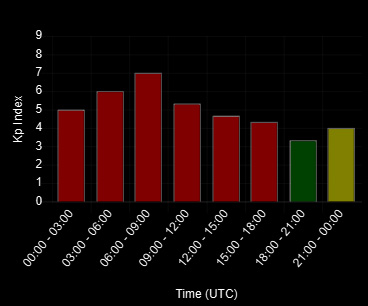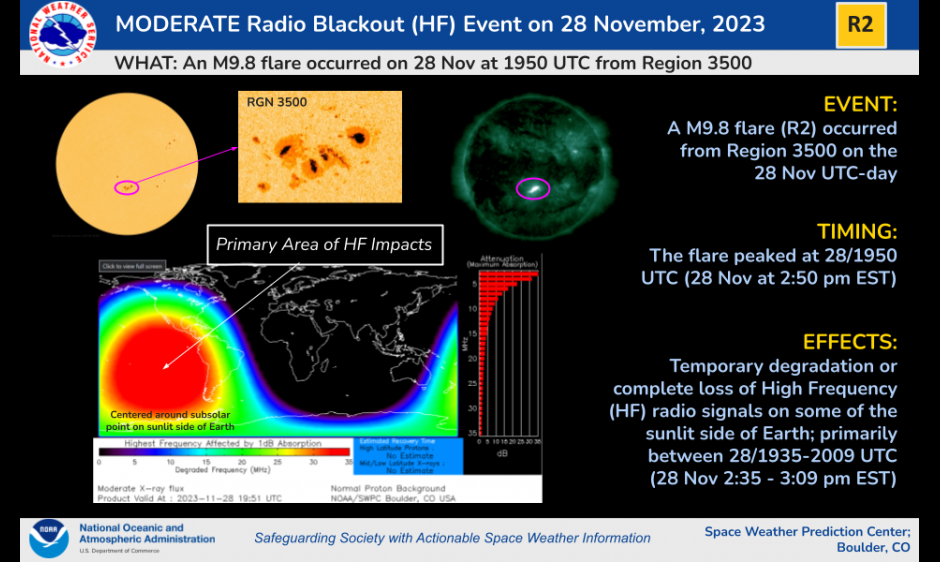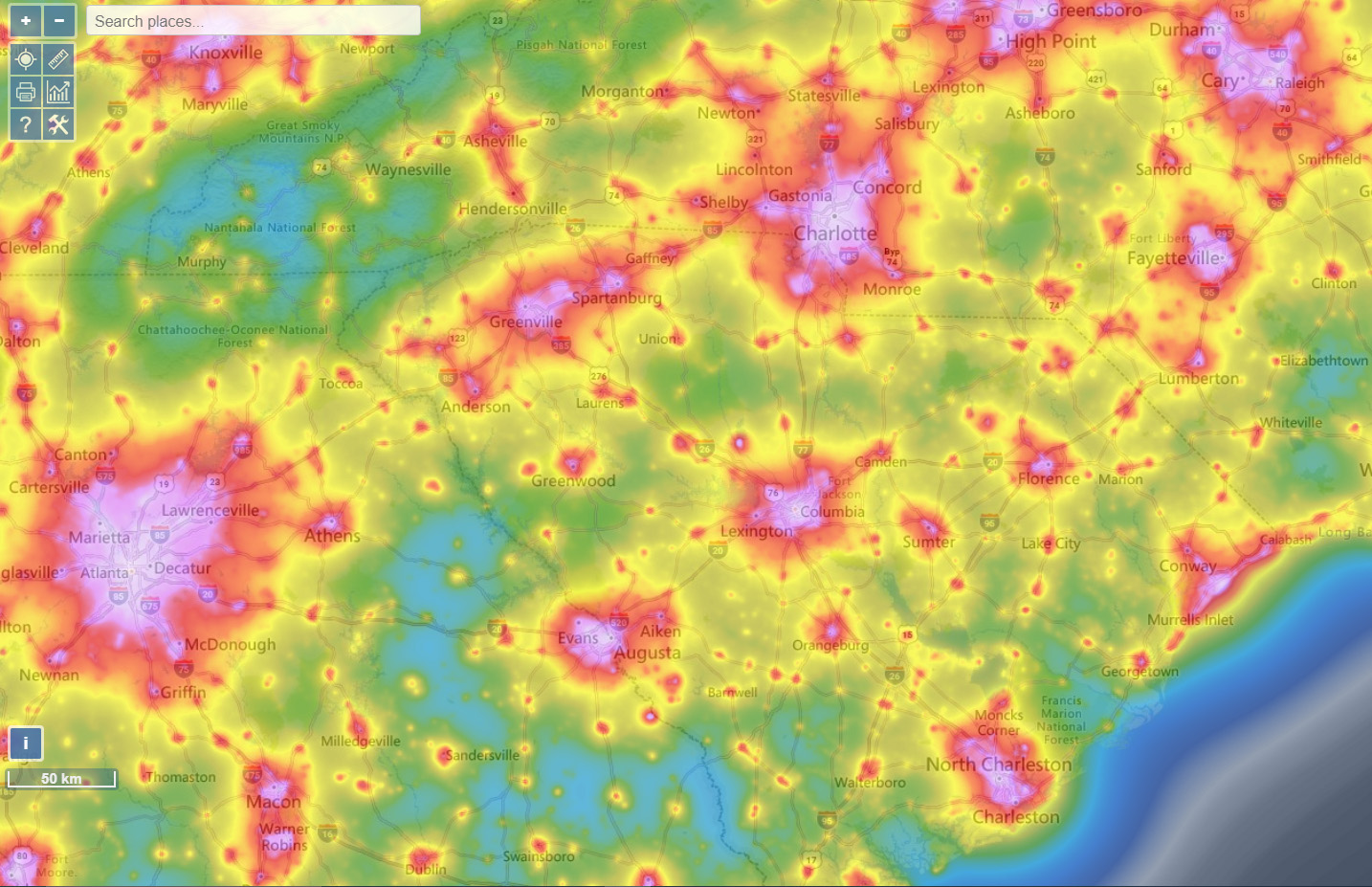The NOAA Space Weather Prediction Center has announced a G3-level geomagnetic storm watch for tonight through tomorrow morning (11/30 – 12/1). This alert follows multiple solar eruptions, raising the possibility of the ‘Northern Lights‘ being visible as far south as the mountains of South Carolina.
These solar events, known as Coronal Mass Ejections (CMEs), propel plasma clouds towards Earth and typically take 1-3 days to affect our atmosphere.
The US Geophysical Institute is currently predicting a rare KP-7 level event due to these CMEs, expected to peak between 1 am and 4 am early on 12/1.

A M 9.8 solar flare from the recent CMEs has already caused a high-frequency radio blackout over the eastern South Pacific.

.@NOAA‘s #SUVI instrument onboard #GOESEast spotted a strong #SolarFlare yesterday.
The bright flare created temporary radio blackouts on the sunlit side of Earth and can be seen in this imagery just below the center of the sun. ✨
Learn more @NWSSWPC: https://t.co/j1hBahA71S pic.twitter.com/QgYKH9ouLj
— NOAA Satellites (@NOAASatellites) November 29, 2023
Northern Lights lit up the Carolina sky for the third time this year on Nov. 5th after an exceptionally powerful CME from the sun blasted our magnetosphere, similar to what is expected to happen tonight.
One of the most epic shots you’ll ever see of the #northernlights and the #MilkyWay This was over Waynesville, NC last night. Thanks for the photo Ezekiel Coppersmith. #scwx #ncwx pic.twitter.com/t1lWFfE2Py
— Ed Piotrowski (@EdPiotrowski) November 6, 2023
If you want to get your own shots of the stunning aurora tonight, you’ll need a long-exposure camera and a very dark place where you have an unobstructed view toward the northern sky. The best place would be a remote viewing point near South Carolina’s Sassafras Mountain or Table Rock with north-facing views.
You can find the dark spots in your area using the official light pollution map here.
Happy aurora hunting!











